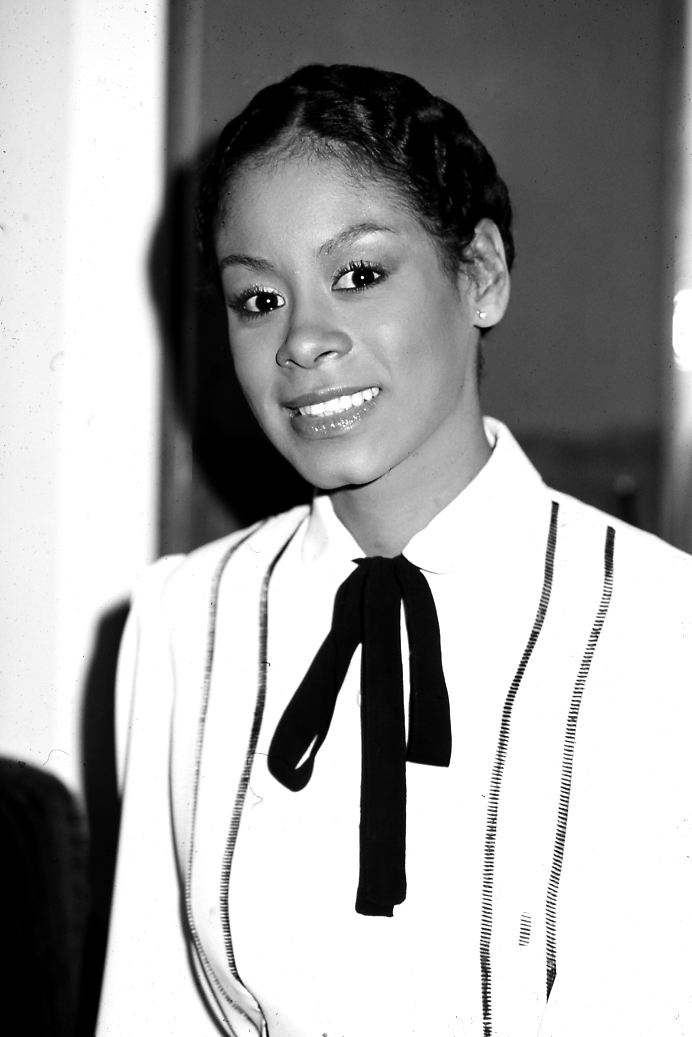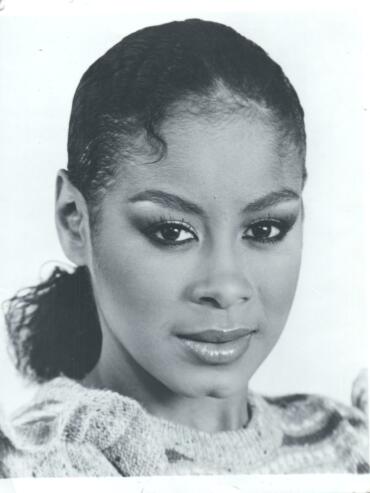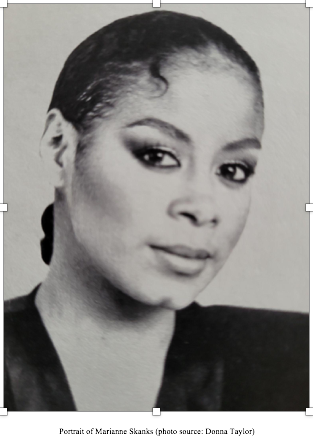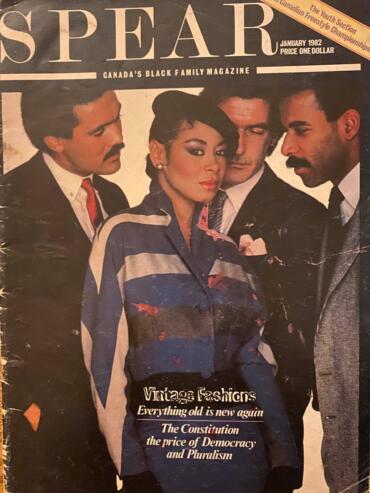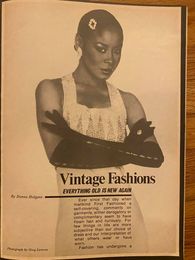June 2022
Month 20xx
Amanda Routtenberg and Sara Marsetti
Charmaine Gooden
Carol Martin
Early Life and Career
A mesmerizingly talented young woman dominated the Canadian National Exhibition stage in Toronto with her powerful presence. As she danced around from one corner to the next, she captivated observer Len Henry as not only the most dynamic performer, but as the only Black girl on the stage.
When the CNE opens at the end of August, everyone in Toronto knows that summer is coming to an end. For Henry, going to the CNE that day meant the beginning of a new modelling and dancing career, and a friendship with the one and only, Marianne Skanks.
It was the late 80s when their friendship blossomed after they were asked to dance together in runway shows. “We were the fabulous Len and Marianne,” recalls Henry, now chief executive and founder of Delectant Media. “She was just brilliant. Brilliant. Brilliant. Incredible energy on the runway. Stylish. All of that.”
Throughout her life, Skanks suffered from lupus, a chronic disease that causes inflammation in the body. This was a very big and private part of their relationship, reveals Henry. “She wasn’t always able to be at 100 percent, but she compensated for that with her form and power.”
They were a team, and Henry felt it was his job to protect Skanks when they danced together. Their choreography was built around her physical capability, and when they got on stage, it was magic.
Marianne “Katerina” Skanks Howell was a dancer, model and designer, who took after her mother, Ola Marie Shepherd Skanks in this regard. Her mother was a pioneering figure in the development of African diasporic dances in Canada.
She was just brilliant. Brilliant. Brilliant. Incredible energy on the runway. Stylish. All of that.
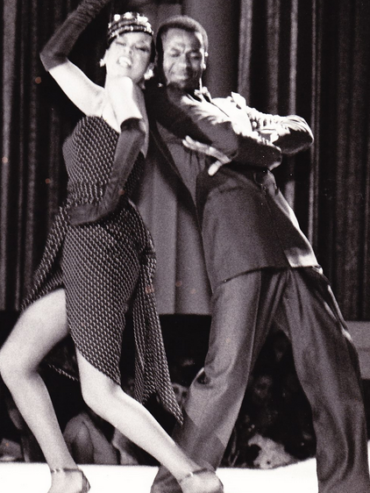
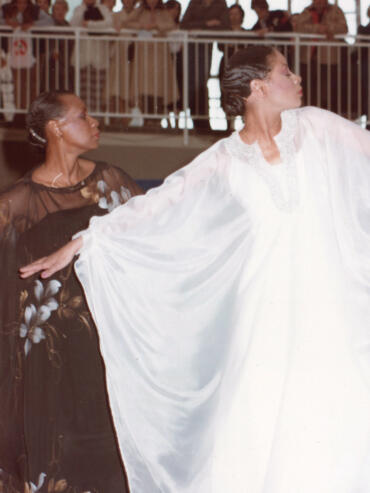
Breaking Barriers
Skanks was greatly loved and respected in the industry. She and Henry captured the type of movement and feel of the 30s and 40s with their jazz dancing. They had many young Black fans who idolized them for being such powerful forces in the Black community.
At the time, there wasn’t a lot of Black talent in the fashion industry. Skanks and Henry were among the lucky ones who were able to showcase their abilities.
“It was very racist, bluntly,” Henry notes about being Black emerging artists at the time. “We were lucky that we had whatever magic people saw in us.”
The Skanks sisters were of mixed heritage. Their mother, Ola Shepherd, was one of four daughters of immigrants from St. Lucia and Barbados, and their father, John “Tahoronhianent” Thomas Skanks, was Indigenous, (Mohawk).
Donna Taylor, Marianne’s sister, said that her family was very spiritual, which was attributed to the lessons instilled by their father. He would guide them on walks in nature, where they learned the significance of watching, hearing and seeing. They would practise walking quietly and would spend time with the animals and trees. Taylor spoke about how their native roots gave them an interesting perspective on life.
This special section creates a spread of 2 photos that will jut out into the side margin.
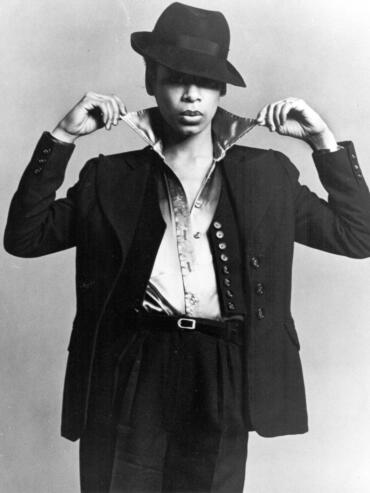

We called Marianne a phoenix, said Taylor. She had many trials and tribulations in her life, and for one reason or another, she’d burn out of the ashes and then all of a sudden, rise again.”
Influence and Legacy
“Marianne was a tremendous amount of fun and very talented,” says Taylor. “I used to call her kind of lackadaisical because she dreamed, but as you get older, you realize that dreams are a good thing.”
Growing up, Taylor recalls Skanks presenting their mother with eccentric fashion designs. She didn’t sew, so her mother helped bring her ideas to life. One of the pieces was a miniskirt that had large circular cut-outs from under the bust, down to where the pant-line would be. At the time, it was seen as very risqué!
Despite her struggles with Lupus, Skanks still continued to pursue greatness. Her drive and passion were limited in Toronto, so she moved to Washington for better opportunities. “Eventually, she married Marvin Howell,” said Henry.
Tragically, Skanks passed away at a very young age as a result of lupus. “She was buried under a tree, which is a very significant and spiritual part of our culture and history,” says Taylor.
“For Marianne, it worked out. That’s where she was to be. Things worked full circle for her and that’s where she ended, where she lies,” says Taylor.
For more information about lupus and how to donate, please visit Lupus Canada.
About the authors:
No posts found!
No posts found!


